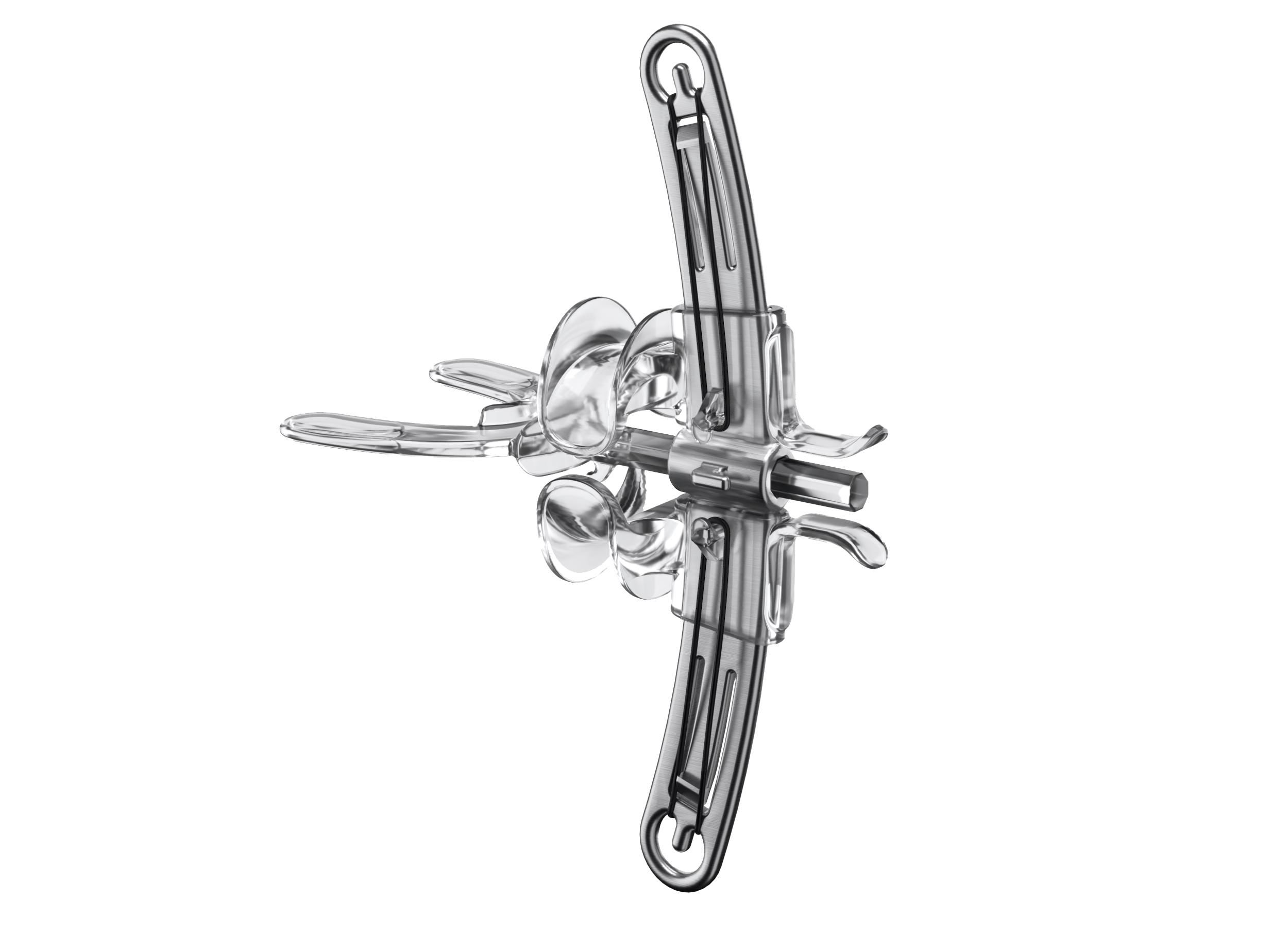ISO Metrik Face Education
Contact Us
Call Us
+1 (678) 632-3745
TESTMONIALS
ISO Metrik offers a game-changing, non-invasive solution to facial sagging — a safer, easier, and more affordable alternative to Botox and surgery. Its potential to support stroke patients with facial weakness makes it an exciting potential addition to modern stroke. rehabilitation.
Dr. Will Humphries
MAKE AN APPOINTMENT
Buccinator
Posted on 30th Jul 2020 / Published in: Face
General information
The buccinator muscle is a thin quadrilateral facial muscle which lies on the side of the face near the cheeks between the maxilla and the mandible (the upper and lower jaws). It connects the cheek and jaw bones to the mouth.
Literal meaning
The trumpeter muscle.
Interesting information
The buccinator gets its name from the fact that it is involved in blowing air from the mouth, like when one blows a trumpet. There are two buccinators, one on each cheek. Musicians use the buccinators when playing wind instruments.
Bell’s palsy, a sudden facial paralysis which can affect the whole or a part of the face on one side, can result in buccinator paralysis. With this condition, food can get caught in the cheek of the paralysed side, or may escape from that side of the mouth. Bell’s palsy is caused by damage to the facial nerve which supplies blood to the buccinators. Patients with Bell’s palsy typically recover without treatment within a month or two. Facial exercises can significantly help in facilitating recovery.
Origin
Buccal surface of the alveolar ridges of the maxilla and mandible, adjacent to the molars and from the pterygomandibular raphe.
Insertion
Muscle fibres blend into the modiolus at the angle of the mouth.
Function
The buccinators pull back the angle of the mouth and tense the cheeks so that food can be moved back to the molar teeth and prevent the cheeks from getting pinched. They also help in whistling, smiling and suckling (in babies). The muscle also aids in closure of the mouth.
Nerve supply
Buccal branch.
Blood supply
Buccal artery.
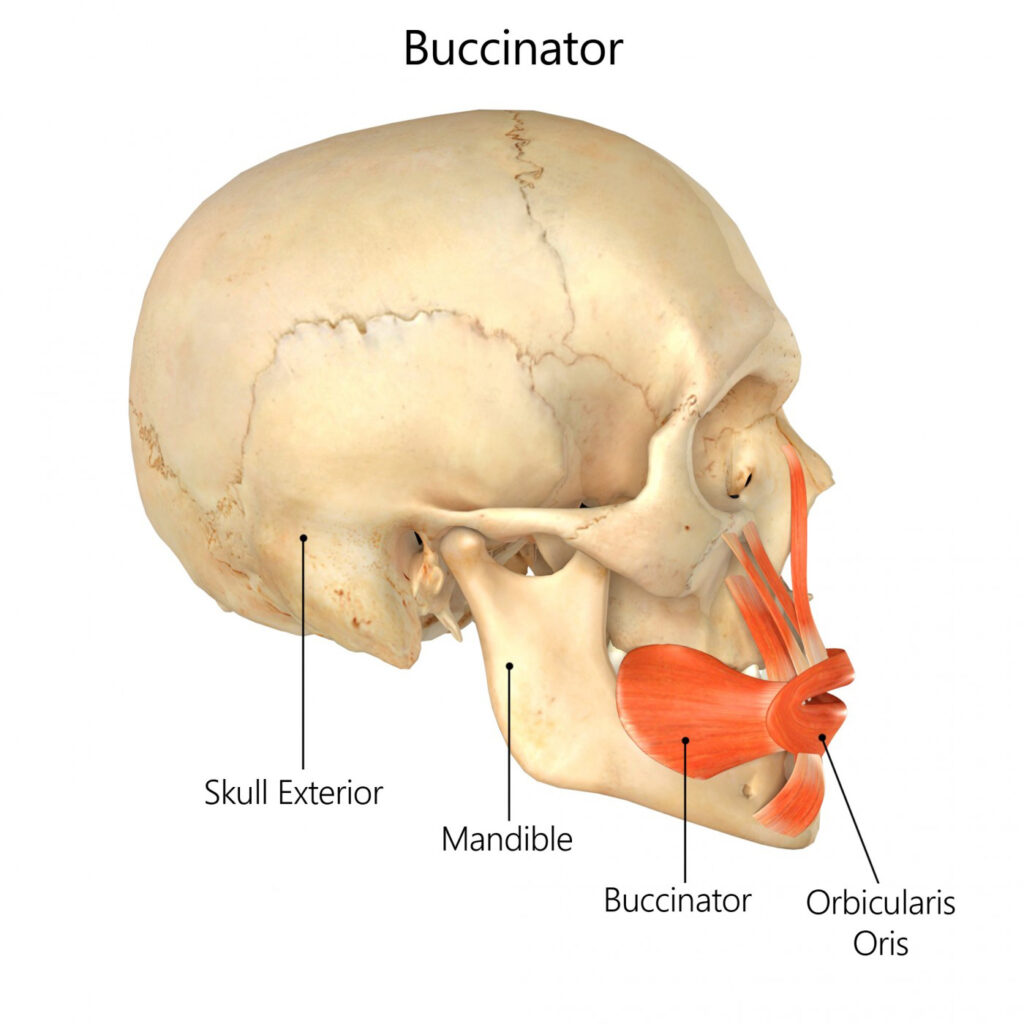
Relevant research
The study, ‘The buccinator during mastication: A functional and anatomical evaluation in minipigs’ conclusively showed that the buccinator’s contraction thickens the cheek. It may also be involved in salivation.
Dutra EH, Caria PH, Rafferty KL, Herring SW. “The buccinator during mastication: A functional and anatomical evaluation in minipigs” Arch Oral Biol. 2010 Sep;55(9):627-38
Buccinator exercise
Facial exercises have been shown to be helpful in treatment of Bell’s palsy. Cynthia Rowland, the author of ‘The Magic of Facial Exercise’ recommends facial exercise to reduce signs of ageing and tighten your face.
Puffa buccinator exercise
Keeping your mouth shut, blow outwards to bulge your cheeks. Hold this position, and relax. Perform ten repetitions, three times per day.
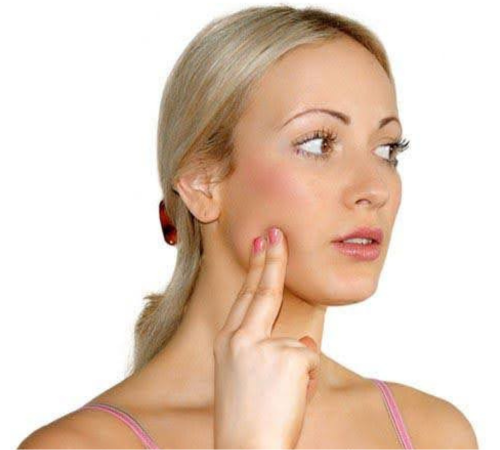
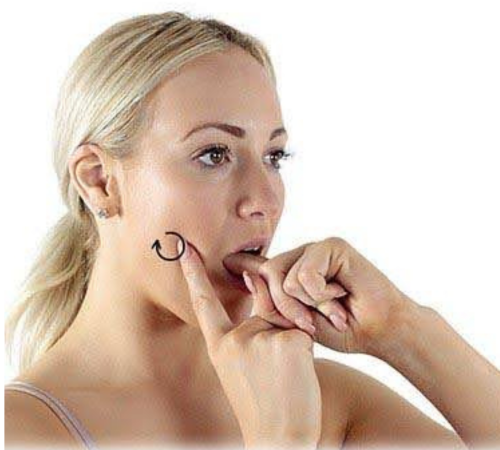
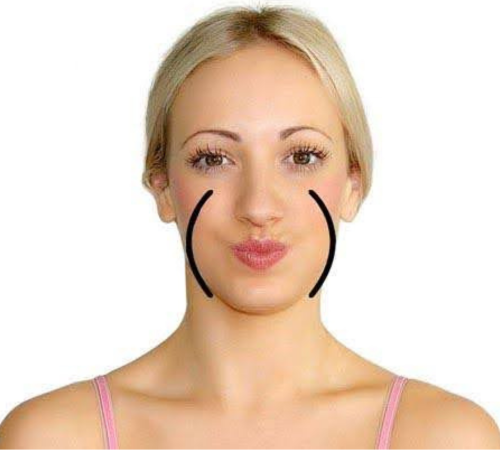
Buccinator: The Core of the Cheek and Oral Strength
The buccinator is a broad, horizontal facial muscle that forms the foundation of the cheek wall. Though not a smile muscle per se, it’s essential to lip control, cheek tone, and functional movements like speaking, blowing, chewing, and maintaining facial shape.
It’s the deepest muscle in the cheek, sitting underneath the zygomaticus system, and blends directly with the orbicularis oris at the corners of the mouth—making it central to both function and aesthetics.
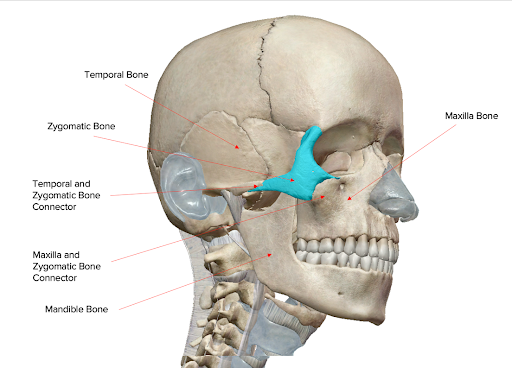
Anatomy & Function
- Origin:
- Alveolar processes of the maxilla and mandible (near molars)
- Pterygomandibular raphe (connective tissue band in the cheek)
- Insertion: Fibers blend into the orbicularis oris at the mouth corner
- Function:
- Compresses the cheeks inward (as in blowing or sucking)
- Maintains food positioning during chewing
- Supports the lateral oral cavity wall
- Helps preserve cheek shape and facial posture
- Nerve Supply: Buccal branch of the facial nerve (CN VII)
- Synergistic Muscles: Orbicularis oris, masseter, risorius, zygomaticus major/minor
The Problem: Muscle Atrophy & Midface Collapse
With aging, disuse, or loss of dental and skeletal support (maxilla and mandible), the buccinator weakens, resulting in:
- Hollow or sunken cheeks
- Decreased control of the mouth corners
- Chewing inefficiency and slurred speech
- Flattening of the midface and loss of oral posture
- Greater reliance on upper face muscles for expression (causing tension)
This loss of tone can distort not just facial appearance—but basic oral mechanics.
The ISO Metrik Device: Targeted Engagement of the Buccinator System
The ISO Metrik Device is engineered to activate the buccinator and surrounding oral muscles through internal resistance. It provides a unique way to stimulate this deep, structural muscle by training lip and cheek compression, powered from within the mouth.
How It Works:
- The lip holders and bite plate engage both the orbicularis oris and buccinator, forcing these muscles to coordinate during every repetition
- Resistance along the cheek walls stimulates the buccinator’s horizontal fibers, increasing tone, strength, and endurance
- Engagement at the maxilla and mandible reinforces the buccinator’s origin points, improving facial structure
- Repeated use enhances cheek fullness, mouth control, and midface definition
Why the Buccinator Matters
The buccinator gives your face its core stability—like a corset for your cheeks. It keeps your midface supported, your speech clear, and your smile balanced. Weakness here affects not just how you look—but how you function.
The ISO Metrik Device directly engages this deep muscle through intraoral activation—restoring cheek strength and facial vitality from the inside out.
Want fuller cheeks, firmer oral control, and a sculpted midface?
Train the buccinator with precision—using the ISO Metrik Device.
TESTMONIALS
Dimply dummy text of the deaprinting and typesetting industryorem Ipsum has been the industry’s standard dummy dearty.
DAVID SMITH
CEO,Radiustheme
Contact Us
Call Us
+1 (678) 632-3745
MAKE AN APPOINTMENT
Your journey to facial rejuvenation begins here. Join the ISO Metrik Device Community today.
